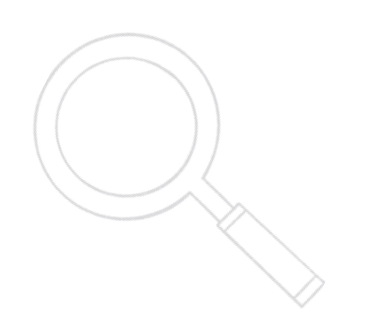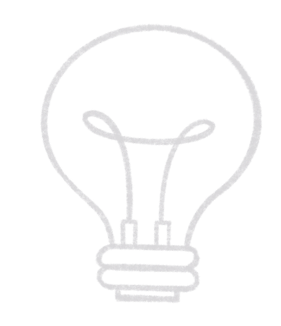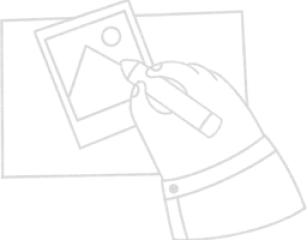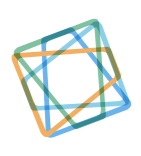Product Design
Deliver meaning in the digital experiences you create. Solve real problems and captivate your audience through simple yet aesthetic user interfaces. Create efficient UI and UX for digital products!

Empathize

Define

Ideate

Prototype

Testing
1
Empathize
When you’re designing a product, it’s important that your users find and use it. But how can you make sure your customers love the new features in your app? Great user experience starts with empathy: the ability to understand other people on an emotional level as well as an intellectual one.
- Deeply understand the consumer
- Conduct user interviews
- Brainstorm challenges
- Understanding the needs, barriers, attitudes and aspirations to unlock new solutions

2
Define
The second stage in the process is about clarity, focus and definition.
The define stage of the design thinking process focuses on uncovering what your user’s are really trying to do, how they can achieve it and how you can build a solution that supports their objectives. By the end of this phase, you will have a clear problem statement; you’re now in the right place to begin developing concepts!

3
Ideate
With a deep understanding of your consumer and a focused, well-articulated challenge to solve, it’s time to start developing potential solutions. This phase is where creativity is unleashed on the intelligence—where the rubber meets the road.
Before sketches or computer designs happen, we must align on where the challenge could take us and assess the creative legs and longevity of the opportunities we see in the landscape.
Brainstorming, mind-mapping, landscape mapping and Post-it Notes are all viable tools to fuel this brilliant but messy phase. The key is to create an environment where divergent and provocative options are embraced and assessed, with the eventual goal of converging on a few strongest pathways to pursue. Leverage your intelligence and your defined brief as your yardstick, and do a S.W.O.T. (strengths, weaknesses, opportunities, threats) assessment to build confidence in the strategic viability of all pathways.
- Mood boards
- Mind maps
- Wireframes

4
Prototype
The fourth step is all about experimentation: transforming ideas into tangible “artifacts.” These artifacts may be a packaging design system, a retail experience, a new structural innovation or a customer journey. Regardless of the task at hand, rapid iteration and even prototyping is a crucial step in quickly breathing life into the work.
Throughout this stage, proposed solutions may be improved, redesigned or rejected through a series of reviews and critiques from the broader team. This rapid iterative process does many beneficial things: It allows creatives to be imperfect and detach from their work in healthy ways, it embraces collaboration by “piggybacking” ideas from different sources, and it depersonalizes the delicate process of creativity in a way that empowers teams.

5
Testing
After iterative creative development and prototyping, finding ways to test fast and organically with consumers. Although design testing is often relegated to quantitative “benchmarks” or eye-tracking, a qualitative sharing session with consumers can go much deeper on the “why” of the feedback.
- Research techniques
- Eye-tracking

Our tech stack
Here we have clearly defined the tools which come really handy when we are into the design process so that we become better designers and deliver better and well-designed experience and services.




